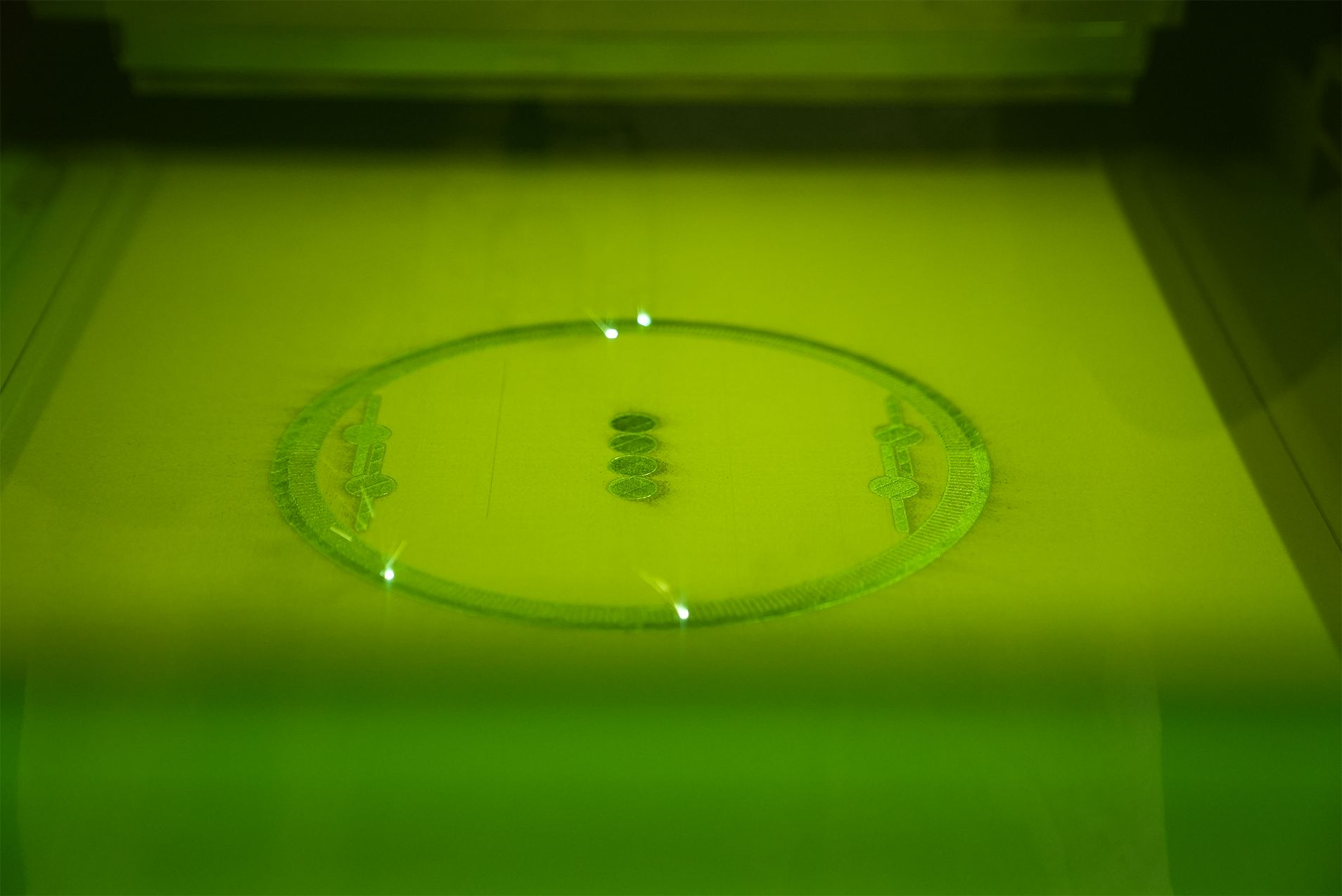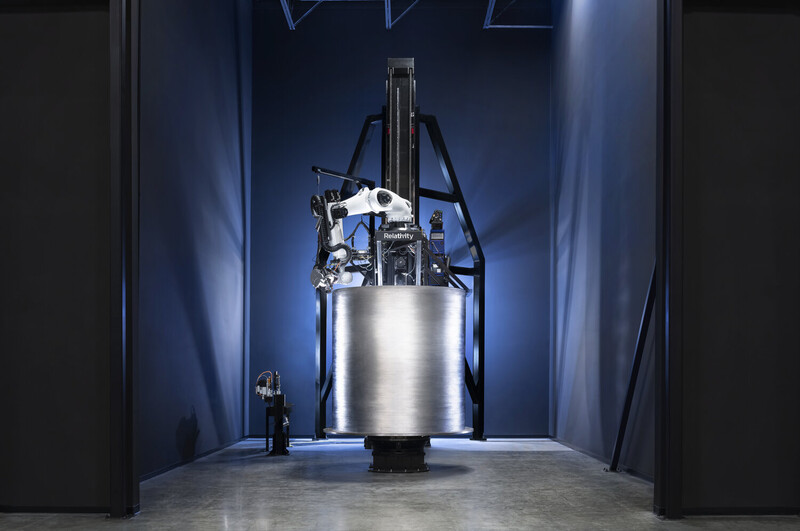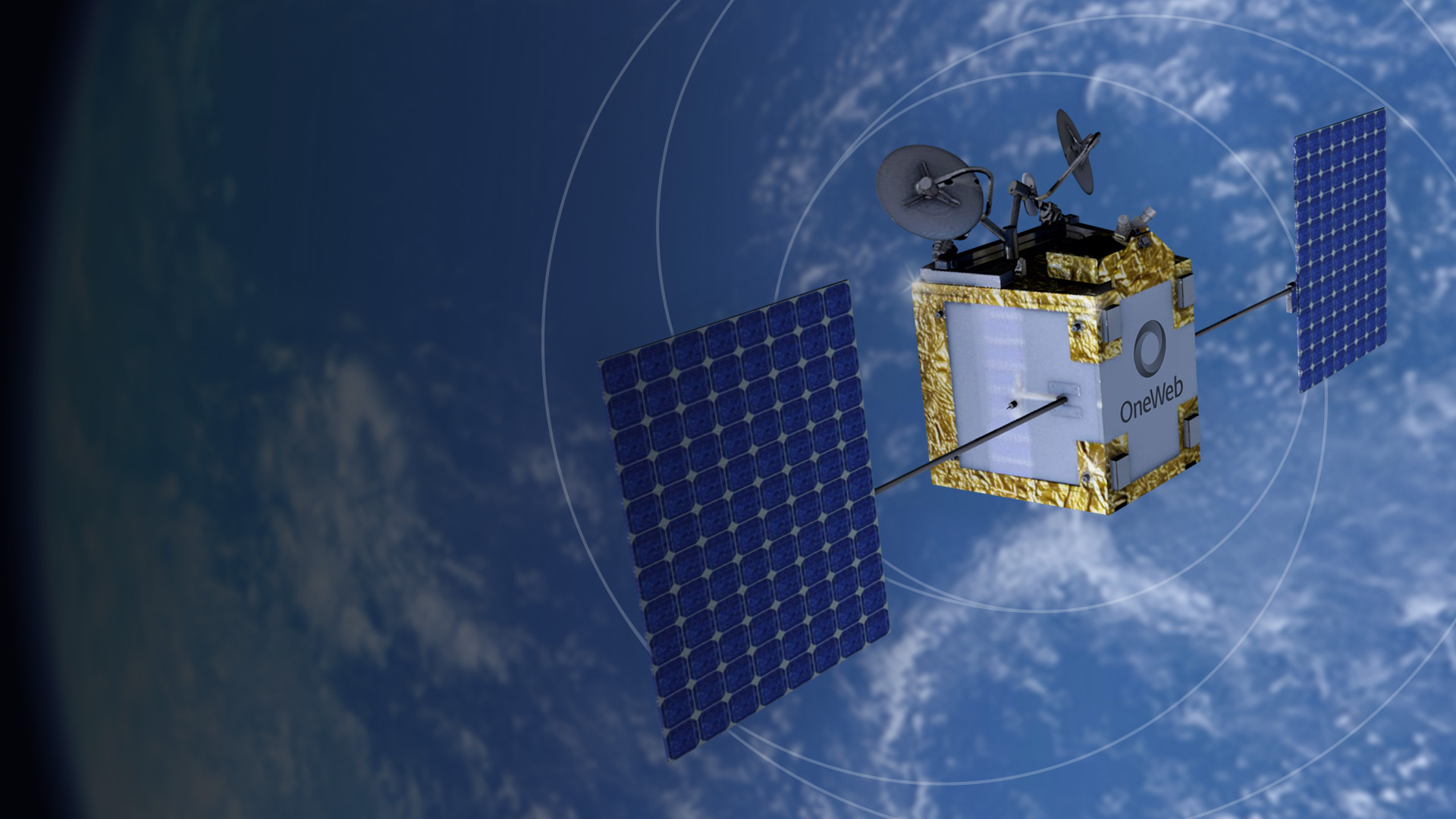Disruptive rocket manufacturer Relativity Space has signed a multi-year agreement with broadband constellation company OneWeb to launch its low Earth orbit (LEO) satellites starting in 2025. As part of the deal, Relativity will launch OneWeb’s second generation (Gen 2) satellite network on Terran R, a fully reusable, entirely 3D printed rocket. With the addition of this multi-launch agreement with OneWeb, Relativity says it has a total of five signed customers for Terran R, including multiple launches, totaling more than $1.2 billion in the backlog. That is a significant number of deals considering the company has yet to launch its rockets.
Terran R will launch OneWeb missions from Launch Complex 16, Relativity’s site at Cape Canaveral Space Force Station, where the first entirely 3D printed rocket, Terran 1, is also set for its first orbital launch this year. As a medium-heavy lift, fully reusable launch vehicle made for growing satellite constellation launch demand and eventually multi-planetary transport, Terran R provides government and commercial customers affordable access to space in LEO and beyond.
As a two-stage, 216-foot-tall rocket with a 16-foot diameter, and a five-meter payload fairing, Terran R will be entirely reusable and capable of launching 44,000 pounds (20,000kg) to LEO starting in 2024 at the company’s launch site in Cape Canaveral. Created in Relativity’s Factory of the Future by the same printers and team as Terran 1, Terran R has unique aeronautical features and complex structures and can launch 20 times more payload than Terran 1.
While the company is keeping momentum towards the demo launch of Terran 1 during the Summer of 2022, it is also rapidly iterating on Terran R and its Aeon R engines with powder bed fusion technology. Terran R will be outfitted with seven 3D printed Aeon R rocket engines capable of 302,000 lb. thrust each, while its upper stage houses one Aeon 1 Vac engine. Terran R also represents a giant leap toward Relativity’s mission to build humanity’s multi-planetary future, eventually offering customers a point-to-point space freighter capable of missions between Earth, Moon, and Mars.

Iterating on Terran R and its Aeon R engines, with powder bed fusion technology. Image courtesy of Relativity Space via LinkedIn.
Using Relativity’s groundbreaking proprietary 3D printing technology platform called Stargate, the company can build its rocket from raw material to launch-ready in less than 60 days and has 100 times fewer parts than traditional rockets, which are comprised of more than 100,000 parts, resulting in expensive, complex spacecraft that take 18 months or more to build and launch. Instead, Relativity has created a unique aerospace platform to integrate machine learning, software, and robotics with metal 3D printing technology to optimize every aspect of the rocket manufacturing process, disrupting 60 years of aerospace technology. If the demo test is successful, the space industry could change a lot in the next decade; that means no more conventional fixed tooling, complex supply chains, and extensive human labor.
With the signing of the latest launch services agreement (LSA), OneWeb becomes the fifth customer for the California rocket maker. Although the terms of the deal were not disclosed, OneWeb Chief Technology Officer (CTO), Massimiliano Ladovaz, said Relativity will “add new capacity to our launch programme well into the future.”
Built in the UK, OneWeb’s satellites will increase the company’s foothold in LEO, building upon its initial constellation of over 600 satellites for high-speed, low-latency global connectivity. The satellite internet company launched the first members of its first satellite constellation in early 2019 and currently has 428 satellites (66 percent of the fleet.), orbiting approximately 745 miles (1200 kilometers) above Earth.
Demand for OneWeb’s broadband connectivity services has continued to grow across telecommunications providers, aviation and maritime markets, and governments worldwide. The company had been launching its satellites aboard Russian-built Soyuz rockets. However, that partnership dissolved in the wake of the Ukraine invasion, leaving OneWeb without a launch provider. Then in March 2022, the company signed an agreement with SpaceX (a competing satellite manufacturer) to send its remaining first-generation satellites – over 200 satellites – to orbit.
With this new customer, Relativity is expanding even further. Tripling in size since 2020, the rocket maker now employs over 800 people across its Long Beach, Vandenberg, Seattle, Washington D.C., Stennis, and Cape Canaveral locations and has begun its move to its new one-million-square-foot headquarters, which has a capacity for more than 2,000 employees, a metallurgical laboratory, powder bed fusion printers, a mission control center, as well as dozens of the company’s proprietary Stargate 3D printers.
Relativity recently deployed the fourth generation of Stargate, improving its prior generation’s print speed by ten times. Located in the company’s new headquarters, these new, fourth-generation Stargate printers could allow Relativity to take its production to new heights. The company stated that its printers with in-process monitoring can now analyze the prints in real-time, detecting any quality issues and using predictive capabilities to print fuselages to aerospace dimensional tolerances.
Subscribe to Our Email Newsletter
Stay up-to-date on all the latest news from the 3D printing industry and receive information and offers from third party vendors.
You May Also Like
Gorilla Sports GE’s First 3D Printed Titanium Cast
How do you help a gorilla with a broken arm? Sounds like the start of a bad joke a zookeeper might tell, but it’s an actual dilemma recently faced by...
Nylon 3D Printed Parts Made More Functional with Coatings & Colors
Parts 3D printed from polyamide (PA, Nylon) 12 using powder bed fusion (PBF) are a mainstay in the additive manufacturing (AM) industry. While post-finishing processes have improved the porosity of...
$25M to Back Sintavia’s Largest Expansion of Metal 3D Printing Capacity Since 2019
Sintavia, the digital manufacturing company specializing in mission-critical parts for strategic sectors, announced a $25 million investment to increase its production capacity, the largest expansion to its operations since 2019....
Velo3D Initiates Public Offering in a Bid to Strengthen Financial Foundations and Drive Future Growth
Velo3D (NYSE: VLD) has been among a number of publicly traded 3D printing firms that have attempted to weather the current macroeconomic climate. After posting a challenging financial report for 2023,...

































